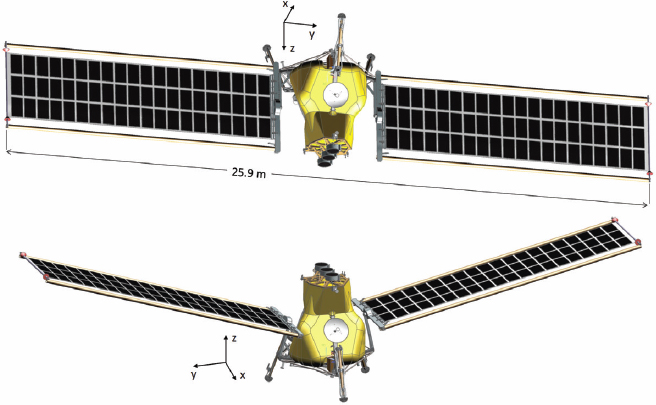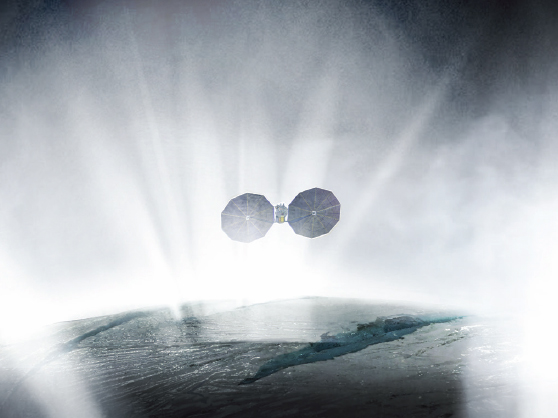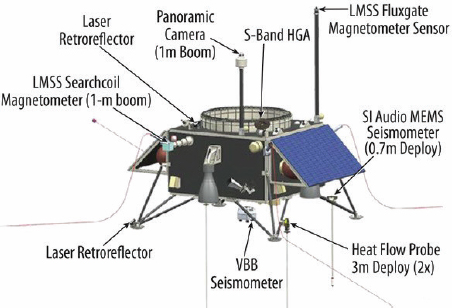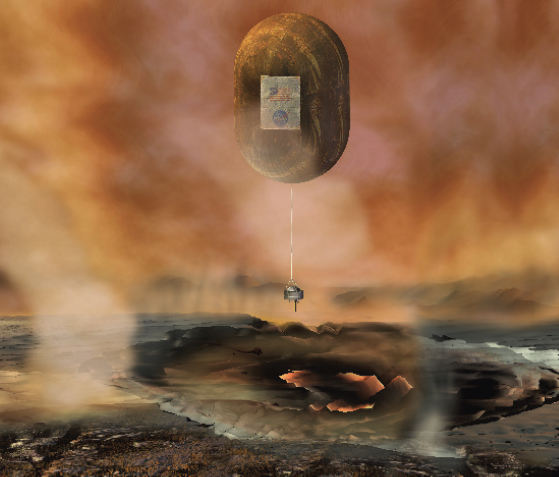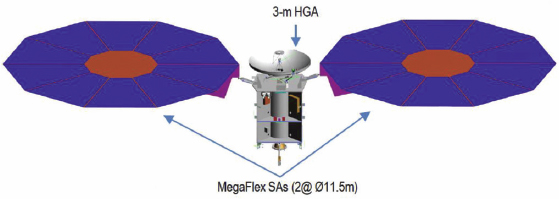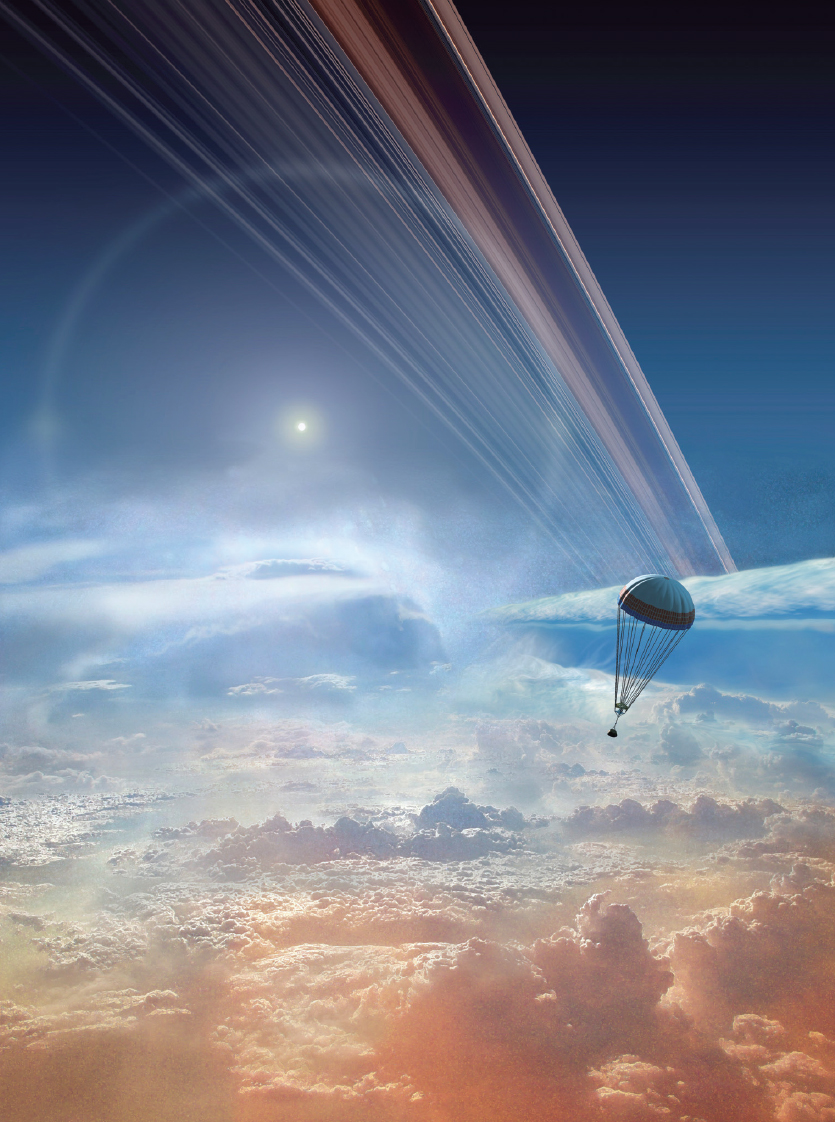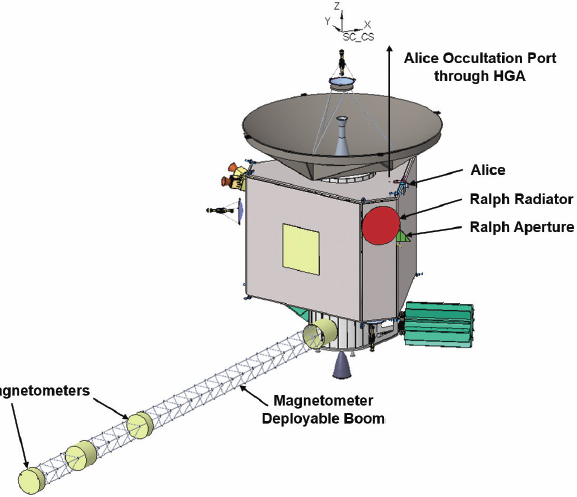New Frontiers
NASA’s New Frontiers is semi-strategic in that missions are competitively selected from a list of key science themes recommended in the most recent decadal survey. Once a science theme has been addressed, it is removed from the list and, if necessary, a new theme is added. The current survey agreed with this approach and recommended eight mission themes for New Frontiers 6 (Figures 38–45) and an additional one (Triton Ocean World Surveyor; Figure 46) to be added to the list for New Frontiers 7. The decadal survey committee made no new recommendations for New Frontiers 5 because it can take many years to put a proposal together and the competition for New Frontiers 5 was effectively already under way when their report was released in 2022. Unfortunately, NASA announced in August 2023 that the formal start of the New Frontiers 5 selection competition was postponed for budgetary reasons until 2026 at the earliest. Only time will tell whether NASA will be able to select one, two, or three New Frontiers missions this decade.

